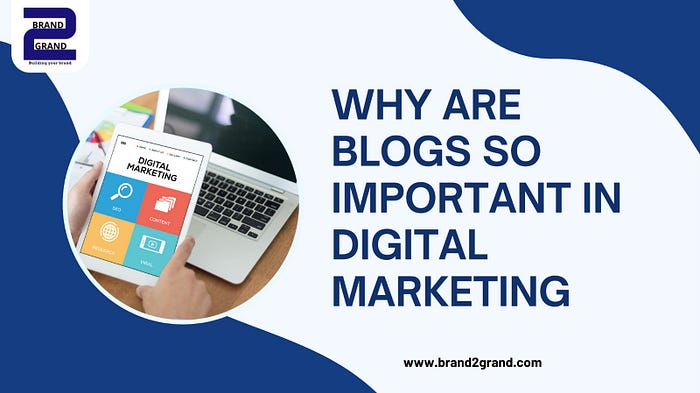
Outdoor advertising can be a highly effective way to reach a large audience and create brand awareness. However, without careful planning and execution, it can also be a waste of time and money. In this blog, we’ll discuss strategies and case studies for maximizing your ROI with outdoor advertising.
Define Your Objectives and Target Audience
The first step in maximizing your ROI with outdoor advertising is to define your objectives and target audience. What are you trying to achieve with your outdoor campaign? Are you looking to increase brand awareness, drive sales, or promote a specific product or service? Once you have a clear understanding of your objectives, you can tailor your messaging and creative to resonate with your target audience.
Choose the Right Format and Location
The next step is to choose the right format and location for your outdoor ads. This will depend on your objectives and target audience. For example, if you’re looking to reach commuters, you may want to consider bus shelter advertising or billboards near busy highways. If you’re targeting a local audience, you may want to focus on street furniture advertising in high-traffic areas.
Design Compelling Creative
Once you’ve selected your format and location, it’s time to design compelling creative that will capture the attention of your target audience. Keep in mind that outdoor ads need to be simple, clear, and eye-catching. Use bold colors, large fonts, and high-quality images to make your message stand out.
Measure Your Results
Finally, it’s important to measure the results of your outdoor advertising campaign to determine its effectiveness. Use tracking codes, call-to-actions, or unique URLs to track website traffic, phone calls, and sales generated by your outdoor ads. This will give you valuable insights into what’s working and what’s not, allowing you to adjust your strategy and maximize your ROI.
Case Studies:
Let’s take a look at two case studies that demonstrate the effectiveness of outdoor advertising:
Coca-Cola “Share a Coke” Campaign
Coca-Cola’s “Share a Coke” campaign was a massive success, and outdoor advertising played a key role in its success. The campaign featured personalized bottles with popular names, and Coca-Cola used billboards and bus shelter ads to promote the campaign. The outdoor ads featured popular names and slogans like “Share a Coke with Sarah” or “Share a Coke with Dad,” which encouraged people to buy personalized bottles and share them with friends and family. The campaign generated a 2.5% increase in sales in Australia and a 7% increase in the United Kingdom.
Airbnb’s “Live There” Campaign
Airbnb’s “Live There” campaign aimed to promote its home-sharing platform as a way to experience destinations like a local. The campaign included outdoor ads in cities like London, Paris, and Berlin, featuring vibrant images of local neighborhoods and landmarks. The ads also included slogans like “Don’t go to Paris, don’t tour Paris, and please don’t do Paris. Live in Paris,” which encouraged people to use Airbnb to experience destinations like a local. The campaign generated a 4.3% increase in brand awareness and a 2.8% increase in consideration among the target audience.
In conclusion, maximizing your ROI with outdoor advertising requires careful planning, execution, and measurement. By defining your objectives and target audience, choosing the right format and location, designing compelling creative, and measuring your results, you can create effective outdoor advertising campaigns that generate a strong return on investment.



